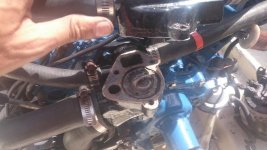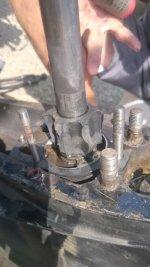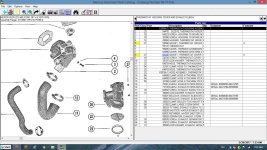Docksidemarineservices
Silver Medal Contributor
Dont care what you or anyone else thinks of my attitude.
Most who reply on this forum reply to OEM specifications.
We do not speculate on a million possibilities that some may have done something to a 40 year old boat....we follow the factory manuals.
That is what trained marine technicians do.
If it is not OEM....in most cases.....your on your own...
Just like going to a auto dealer...they do factory only repairs.
Not vehickes that have been altered...
Most of us answer based on the same assumtions. The boat engine is still OEM.
So speculating on cam changes and NOT setting the wiring and location of number 1 is wrong.
It should at all times be made to or put back to original OEM specs.
That includes the wire locations on the distributor cap.
What i would suggest is get a OEM factory manual so you have the correct information.
So far you have shown you have niether.......
100 Xs on this.
FYI, If the distributor is clocked incorrectly. the ignition wires will not fit correctly.
Last edited:




